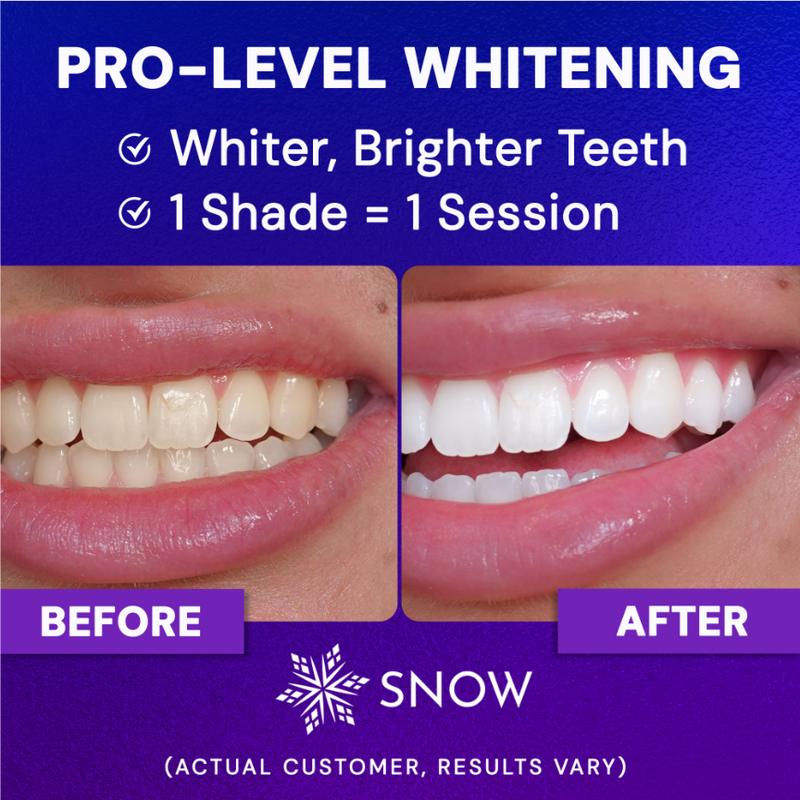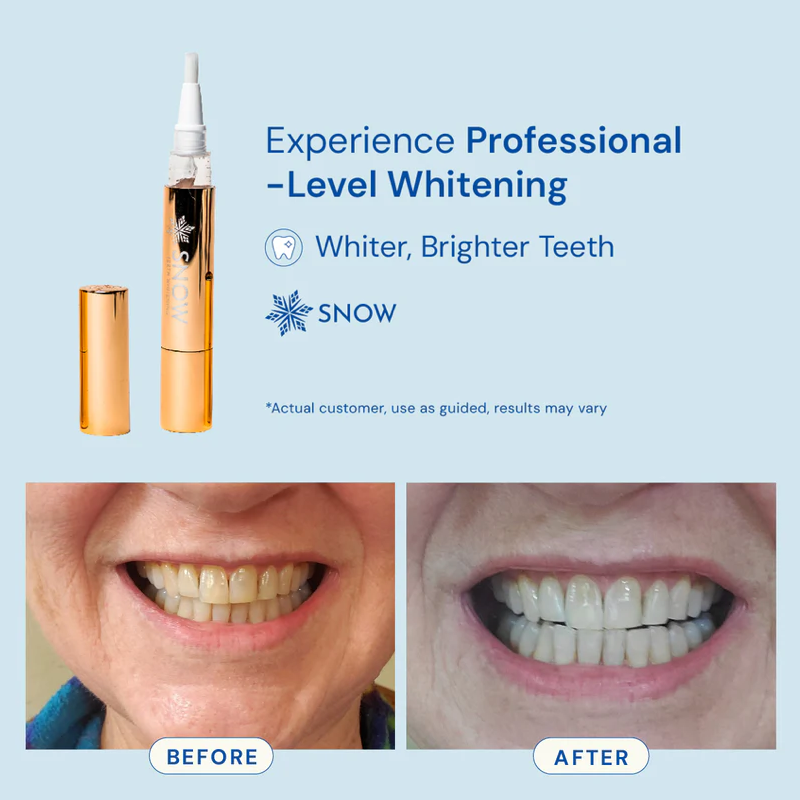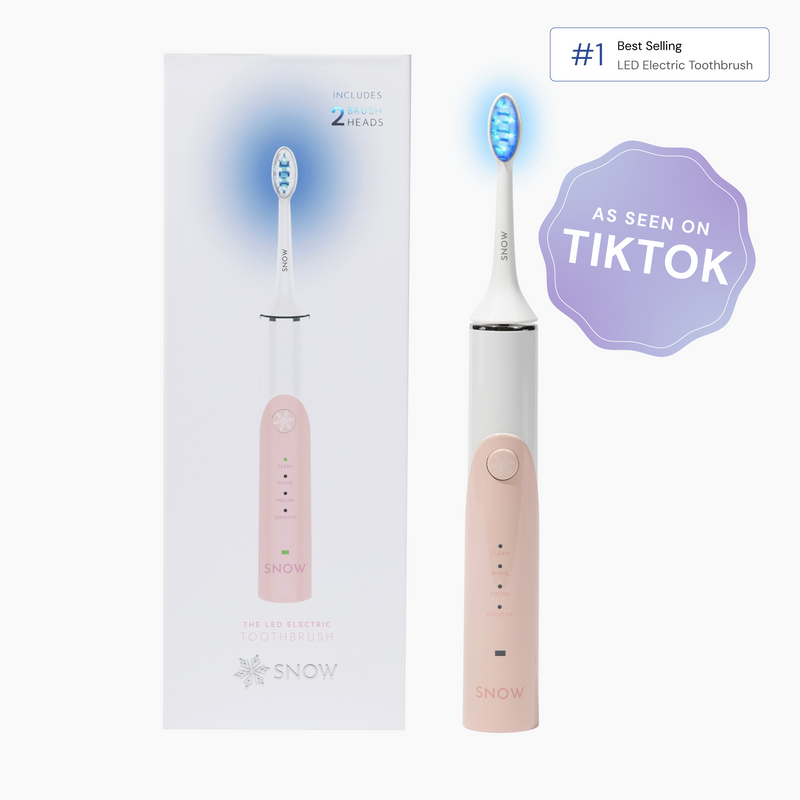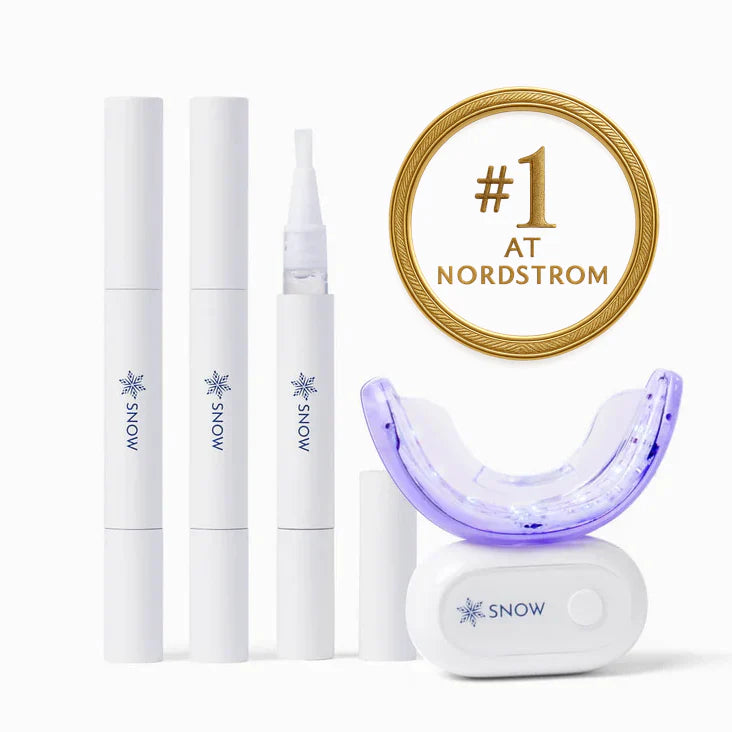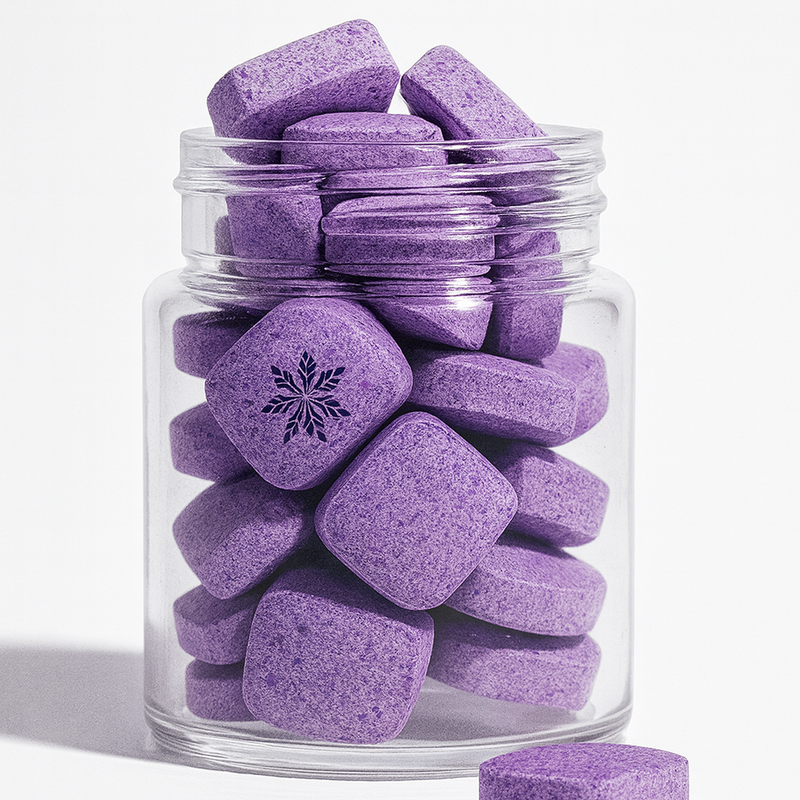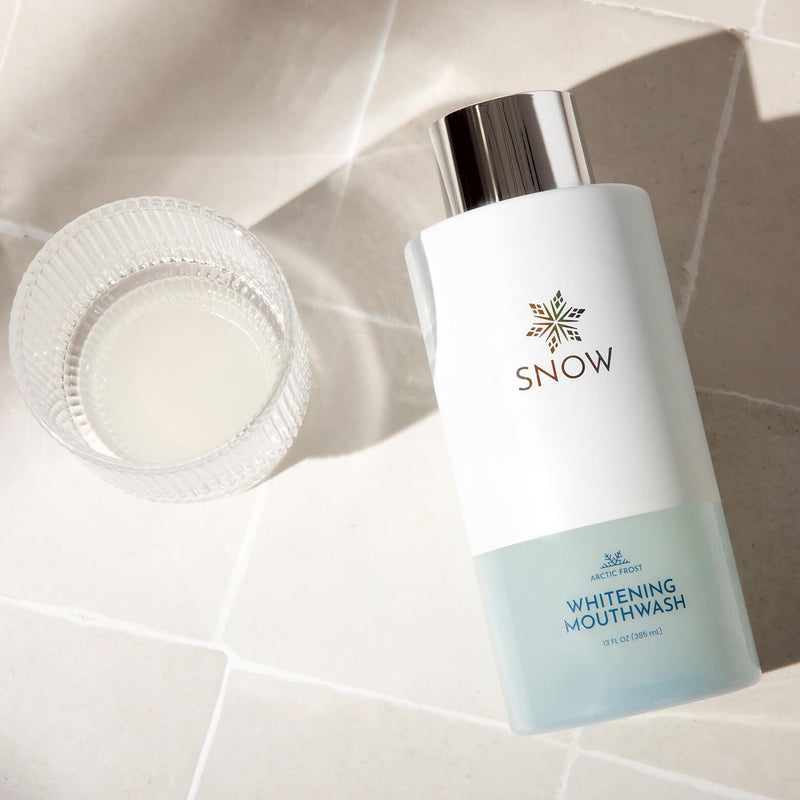Why is flossing important? The answer lies in the way flossing targets those hidden areas that brushing simply can't reach.
In this article, we'll investigate the benefits of flossing, from lowering cavity risk and preventing gum disease to lessening bad breath and even supporting heart health.
We'll also cover the history of dental floss, the different types available, and provide step-by-step instructions on how to floss properly, how often you should floss, and why it's crucial for children.
Here is what you should know.
What this article covers:
- Why Is Flossing Important for Hygiene?
- What Are the Benefits of Flossing?
- A Brief History of Dental Floss
- Types of Dental Floss
- How to Use Dental Floss Properly
- How Often to Floss Teeth
- Flossing and Children
Why Is Flossing Important for Hygiene?
Simply put, flossing promotes optimal oral hygiene by reaching the areas between your teeth that brushing alone can't. This also answers the query, “why is flossing as important as brushing?”.
Even the best toothbrush can't fully cleanse these tight areas, where plaque and food particles often accumulate.
If left unaddressed, this plaque can harden into tartar, which can lead to oral health problems.
To enhance your flossing routine, consider using SNOW's Activated Charcoal Whitening Floss.
This floss is crafted from plant-based bamboo fibers and infused with activated charcoal, which not only cleans between teeth but also helps remove surface stains, leaving your mouth feeling fresh with its peppermint flavor.
What Are the Benefits of Flossing?
Flossing offers a wide range of benefits that go beyond just keeping your teeth clean.
In the following sections, we'll explore how flossing can help reduce your risk of cavities, prevent gum disease, and even improve your overall health.
Lowers Cavity Risk
Flossing lowers the risk of cavities by removing plaque from between teeth. Plaque is a sticky film that forms on teeth when bacteria feed on sugars and starches.

If left unattended, the acids produced by these bacteria can erode tooth enamel and lead to the formation of cavities. Daily flossing, combined with brushing, helps eliminate these harmful substances, keeping your teeth strong and reducing the likelihood of decay.
For a comprehensive approach, SNOW offers Charcoal Whitening Floss Picks, which not only remove plaque but also help whiten teeth.
Prevents Gum Disease
One of the most significant benefits of flossing is its ability to prevent gum disease. Gum disease begins with gingivitis, which is the inflammation of the gums caused by the buildup of plaque at the gumline.
If left untreated, it can progress to periodontitis, a more severe condition that can lead to tooth loss.
To further support gum health, consider using SNOW's Nano-Hydroxyapatite teeth whitening toothpaste. This fluoride-free toothpaste not only whitens teeth but also strengthens enamel and soothes gums with its paraben-free formulation.
Lessens Bad Breath
Bad breath, or halitosis, often results from food particles and bacteria trapped between the teeth. These bacteria can produce unpleasant odors if not removed.
Why does my floss smell bad? It's likely due to these particles and bacteria. Regular flossing helps to eliminate these odor-causing substances. Pairing your flossing routine with SNOW's Arctic Frost teeth whitening mouthwash can further ensure fresh breath.
This alcohol-free formula combines hydrogen peroxide for whitening with peppermint oil for a refreshing taste.
May Help With Heart Health
Based on our observations, gum disease has been linked to an increased risk of heart disease. The inflammation caused by gum disease can potentially contribute to the narrowing of arteries, leading to cardiovascular issues.
By flossing regularly, you help prevent gum disease and may also reduce your risk of heart-related problems.

Removes Plaque
Plaque is a soft, sticky substance that forms on your teeth and gums after eating. It is composed of bacteria that, if not removed, can lead to tooth decay and gum disease.
Flossing is an effective way to remove plaque from areas that are difficult to reach with a toothbrush alone.
Incorporating SNOW's Water Flosser into your routine can help you achieve an even deeper clean. Designed with portability and efficiency in mind, it features three adjustable pressure modes to suit different preferences.
A Brief History of Dental Floss
Our findings show that the practice of cleaning between teeth dates back centuries, with evidence suggesting that ancient civilizations used thin sticks to clean between their teeth.
However, it wasn't until the early 19th century that dental floss as we know it was introduced. In 1815, Dr. Levi Spear Parmly, a New Orleans dentist, began promoting the use of a thin, waxed silk thread to clean between teeth.
As dental health practices evolved, so did the materials used in flossing. The transition from silk to nylon during World War II made floss more durable and accessible, leading to its widespread adoption.
Today, a variety of floss types are available, including waxed, unwaxed, flavored, and even floss picks, catering to different needs and preferences.
Types of Dental Floss
There are several types of dental floss available. Traditional nylon floss, which can be waxed or unwaxed, is one of the most commonly used options. It slides easily between teeth and is effective at removing plaque and food particles.
Waxed floss is slightly thicker and may be easier to use for those with tightly spaced teeth, while unwaxed floss is thinner and can fit into even the smallest gaps.
For those who prefer alternatives to traditional floss, there are options like dental picks, interdental brushes, and water flossers.

Water flossers use a stream of water to clean between teeth and along the gum line, making them the preferred choice for individuals who find traditional floss difficult to use.
Why does flossing feel good? It provides a sense of cleanliness and freshness that helps you feel your best.
How to Use Dental Floss Properly
Begin by breaking off about 18 inches of dental floss and wrapping most of it around one of your middle fingers, with the remainder around the same finger of the opposite hand.
Hold the floss tightly between your thumbs and forefingers, then gently guide it between your teeth using a rubbing motion. When the floss reaches the gum line, curve it into a "C" shape against one tooth and slide it into the space between the gum and the tooth.
Be gentle and avoid snapping the floss into your gums, as this can cause injury.
Carefully rub the floss up and down against the side of each tooth, moving to a clean section of floss as you proceed to the next tooth.
How Often to Floss Teeth
Our research indicates that it is ideal to floss at least once a day. Whether you prefer to floss in the morning, after meals, or before bed, the key is consistency.
Flossing and Children
Flossing is important for children as soon as they have two teeth that touch. While very young children will need help from an adult to floss properly, by around age 10 or 11, most children can handle flossing on their own with supervision.
As with brushing, encourage your child to floss daily. Make it a fun part of their routine. Regular flossing will protect their teeth from cavities and keep their gums healthy as they grow.
Conclusion
Flossing is not just an add-on to brushing; it's a critical component of a comprehensive oral hygiene routine. By reaching areas between teeth that your toothbrush can't, flossing helps prevent a variety of problems.
We've described how flossing lowers the risk of dental issues like cavities and gum disease, lessens bad breath, and may even support heart health. We discussed the history and types of dental floss, proper flossing techniques, and the importance of instilling these habits in children early on.
To achieve a brighter, healthier smile, make flossing a daily practice and pair it with SNOW's advanced oral care products.
Visit our website today for an all-encompassing solution to a radiant smile.
Did our blog meet your needs? You might also find our other guides helpful:
- What Happens If You Use Too Much Toothpaste?
- What to Look for in Toothpaste
- What Is Hydroxyapatite Toothpaste
- Can You Use Whitening Toothpaste with Braces?
- Can I Use Fluoride Toothpaste After Whitening Strips?
- Can I Mix Baking Soda with My Toothpaste
- How Much Toothpaste Should You Use?
- Fluoride vs Fluoride Free Toothpaste
- Types of Toothpaste
- How to Get White Teeth in 1 Day with Toothpaste
- Is It Safe to Use Whitening Toothpaste Everyday
- Should You Leave Toothpaste on Your Teeth
- Are Toothpaste Tablets Effective
- How Long Does a Tube of Toothpaste Last
- Does Toothpaste Kill Bacteria















































